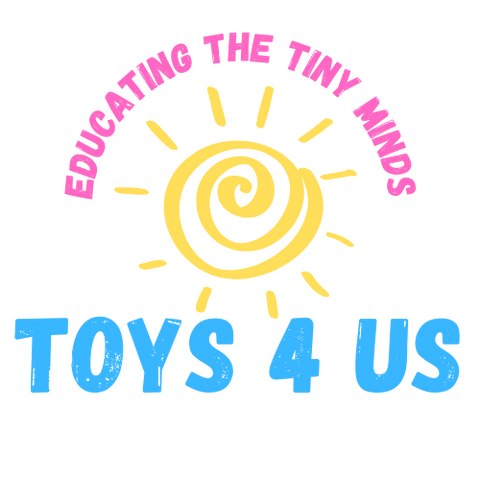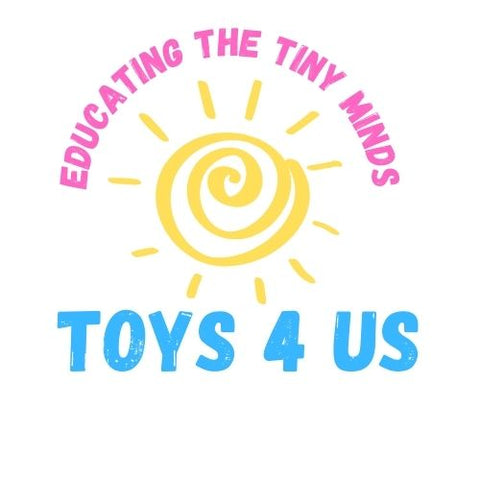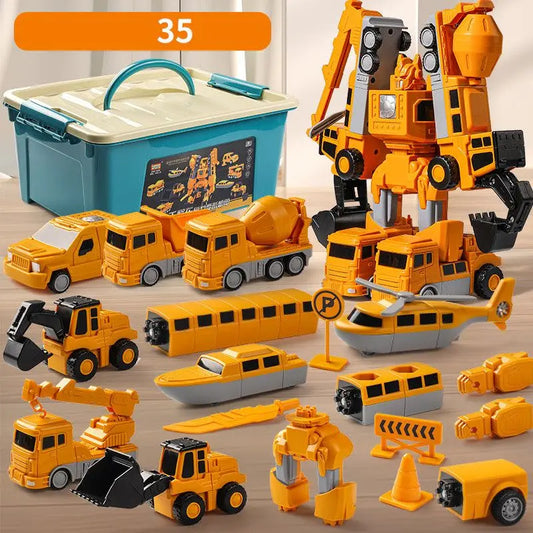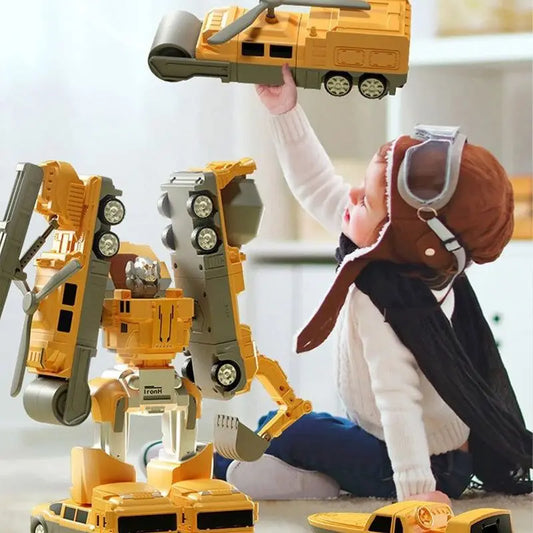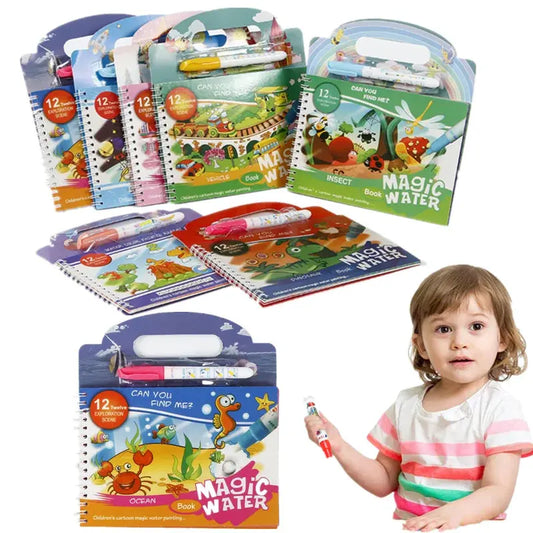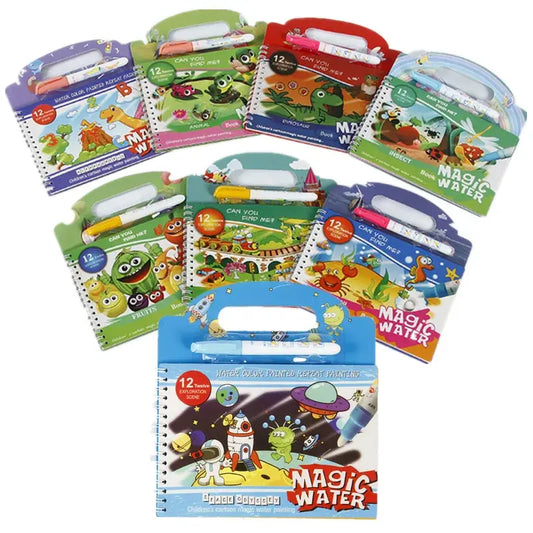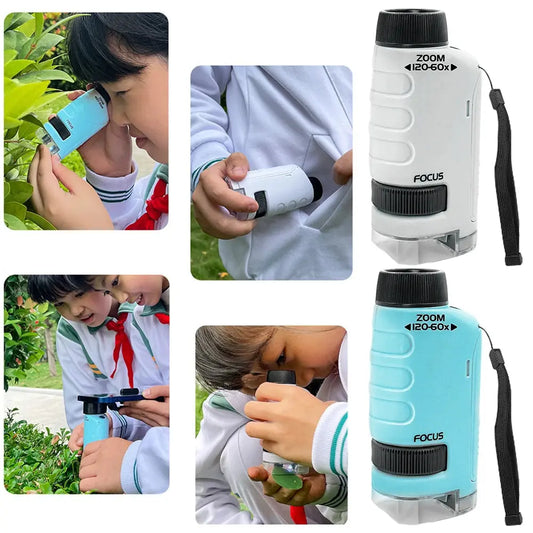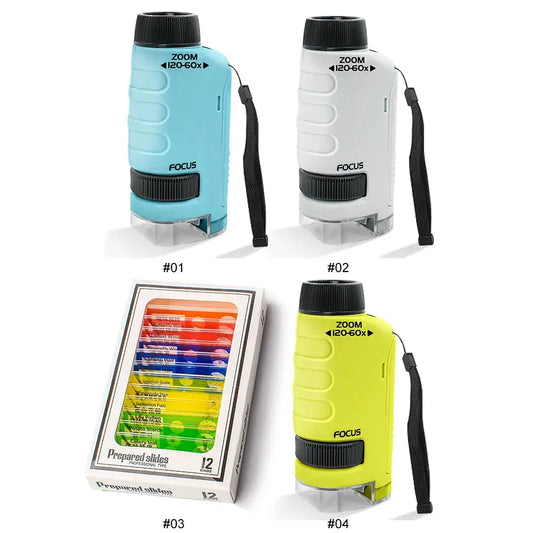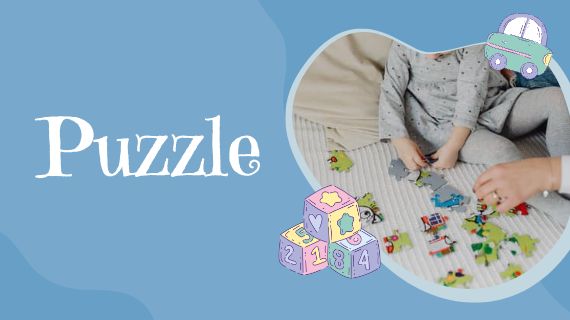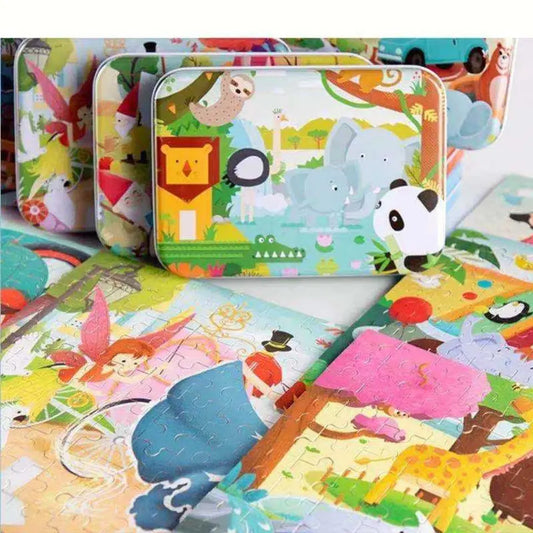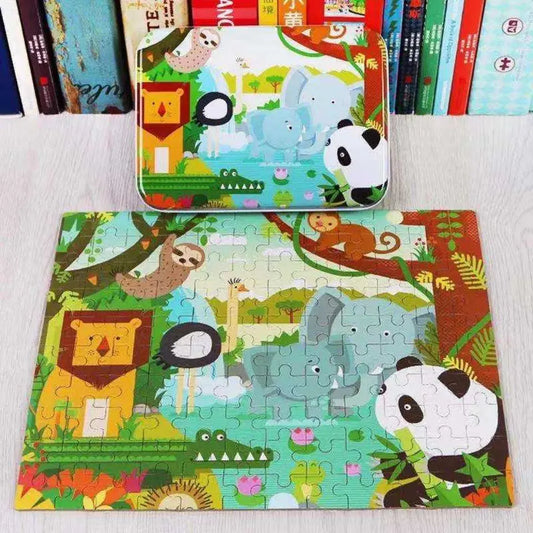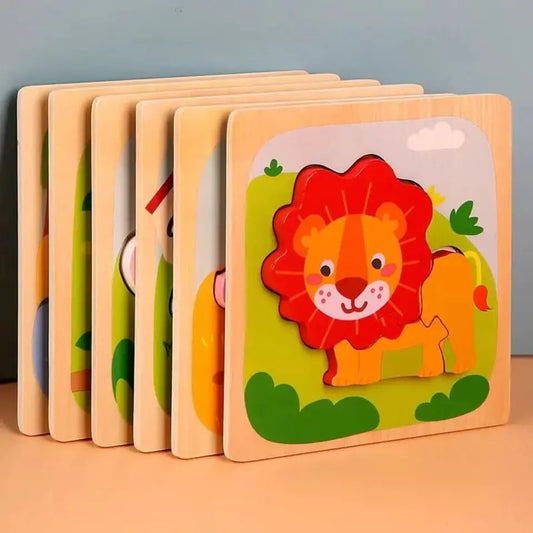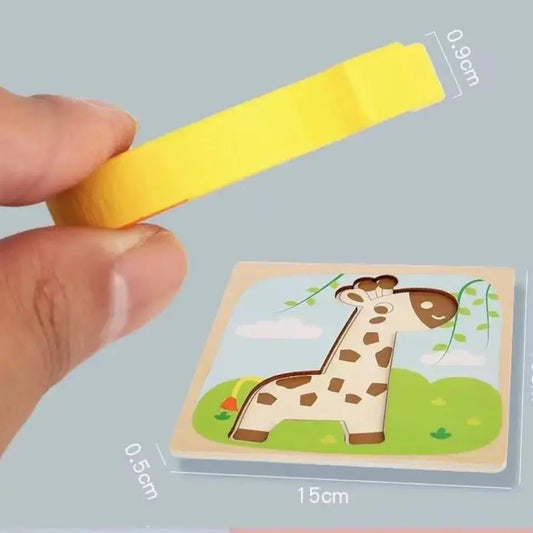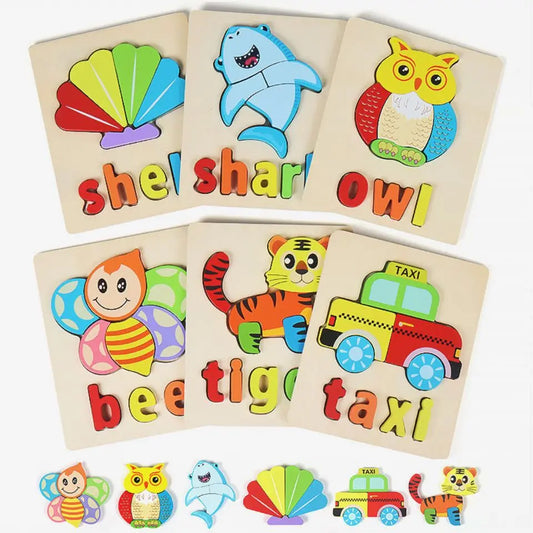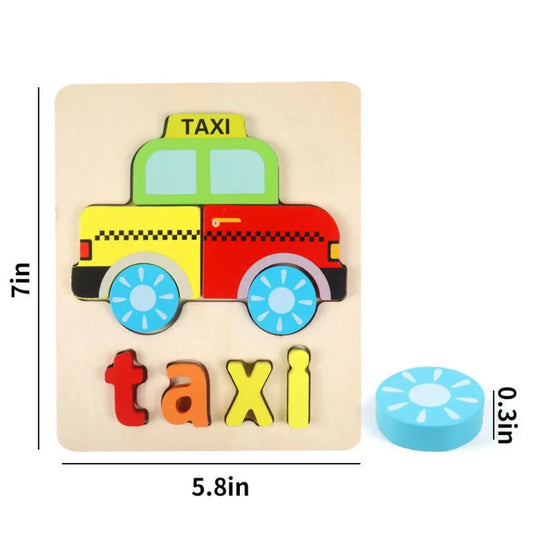How Montessori Toys Encourage Creativity and Independence in Children: Montessori toys have become a popular choice among parents and educators in Australia for promoting early childhood development. Designed according to the educational principles of Dr. Maria Montessori, these toys aim to encourage children’s natural curiosity, creativity, and independence. In this Guide to Montessori Toys in Australia, we explore how these toys help children develop essential skills through hands-on, self-directed play. The simplicity and open-ended nature of Montessori Toys Australia allow children to engage with their environment in meaningful ways. In this article, we will also discuss A Guide to Montessori Toys for Toddlers in Australia, focusing on how these toys help toddlers build independence and creativity during the critical early years.
Montessori toys are different from traditional toys as they emphasize purposeful play and exploration. These toys are made from natural materials like wood, which engage children’s senses while encouraging them to use their imagination. Whether it’s building blocks, puzzles, or art supplies, each Montessori toy is designed to foster concentration, problem-solving, and creative thinking. By providing children with toys that have multiple uses, parents and educators allow them to explore different ways of playing, helping them create their own narratives and scenarios. This kind of open-ended play helps children gain confidence in their abilities and builds the foundation for lifelong learning.
1. The Open-Ended Nature of Montessori Toys and Its Impact on Creativity
Montessori toys are intentionally designed to be simple, versatile, and open-ended. This means that instead of having one fixed way of playing with them, children are encouraged to use these toys in different ways, allowing their imagination to take the lead. For example, a set of wooden building blocks can be used to create anything from a tower to a bridge, a house, or even an abstract structure. The possibilities are endless, and each time a child interacts with these blocks, they are presented with a new opportunity to think creatively.
This freedom to explore and create without constraints fosters a child's cognitive flexibility. Cognitive flexibility refers to the ability to adapt one's thinking and approach problems in different ways—an essential skill for creativity. By using Montessori toys, children learn to look beyond the surface and invent new ways to interact with their environment. This kind of play is crucial for brain development, as it helps build neural connections and supports abstract thinking.
Toys like wooden animals, role-playing figures, or art supplies further enhance a child’s creativity. These toys allow children to create stories, imagine scenarios, and engage in pretend play, all of which are important for developing language and social skills. Through this kind of imaginative play, children practice using their creativity to solve problems, communicate ideas, and interact with others.

2. Encouraging Independence Through Self-Directed Play
One of the core principles of Montessori education is promoting independence, and Montessori toys are specifically designed to support this goal. By engaging with these toys, children are able to explore and solve problems at their own pace without the need for constant guidance from adults. This self-directed play builds confidence, as children learn that they are capable of making decisions and completing tasks on their own.
For example, practical life toys like child-sized cleaning tools, dressing frames, or kitchen sets allow children to practice real-life skills independently. These toys provide children with the tools they need to imitate everyday activities, such as sweeping the floor, buttoning a shirt, or preparing food. As children master these tasks, they gain a sense of accomplishment and build self-esteem. This early practice of independence is essential, as it helps children develop the skills they need to become self-reliant individuals.
Another example is shape sorters and puzzles. These toys encourage children to use trial and error to figure out how pieces fit together, fostering problem-solving skills. By giving children the space to explore and make mistakes without interference, Montessori toys promote resilience and perseverance. Children learn to try different strategies and approaches until they succeed, developing an inner motivation and a sense of pride in their achievements.

3. Enhancing Fine Motor Skills and Focus Through Montessori Toys
In addition to fostering creativity and independence, Montessori toys are also designed to support the development of fine motor skills and concentration. Fine motor skills are crucial for children, as they involve the coordination of small muscles needed for tasks like writing, cutting, and buttoning. Montessori toys, such as threading beads, pegboards, and stacking rings, provide children with opportunities to practice these precise movements in a fun and engaging way.
These toys require children to use their hands in a controlled and coordinated manner, helping to strengthen their muscles and improve their hand-eye coordination. For example, bead threading sets encourage children to focus as they thread beads onto a string, developing their pincer grip and finger strength. By engaging in these activities regularly, children not only build the physical skills needed for everyday tasks but also enhance their ability to concentrate and complete tasks from start to finish.
This focus on concentration is a key element of Montessori education. The simplicity and purposefulness of Montessori toys encourage children to engage deeply with the activity, allowing them to immerse themselves fully. This deep concentration helps children develop attention skills that are essential for academic and life success.

4. The Role of Sensory Play in Creativity and Independence
Sensory play is an important aspect of Montessori education, as it helps children explore the world through their senses. Montessori toys that engage the senses, such as texture boards, sound cylinders, and tactile puzzles, are designed to encourage children to investigate and discover different sensations. Sensory play supports brain development by building neural connections and helping children understand their environment more deeply.
For instance, Montessori texture boards feature different materials, such as sandpaper, fur, and fabric, allowing children to explore various textures. These experiences help children understand the physical properties of objects, which is fundamental for learning about the world around them. Sensory play also fosters independence, as children are encouraged to explore these toys at their own pace and make their own discoveries.
Another example of sensory Montessori toys is sand and water play. These toys provide children with the opportunity to manipulate and experiment with different materials, promoting creative thinking and problem-solving. Whether they are building shapes in the sand or transferring water between containers, children are using their senses to create and learn through hands-on experiences.
5. Incorporating Montessori Toys in Everyday Play and Learning
Montessori toys can be seamlessly integrated into everyday routines to support a child’s development. For parents and educators looking to encourage creativity and independence, it is important to create a space where children can explore freely with these toys. Montessori playrooms are often organized with low shelves that display toys in an inviting manner, allowing children to choose what they want to play with. This setup encourages children to make decisions, fostering autonomy and responsibility.
Rotating toys every few weeks is another effective strategy. By introducing new toys gradually, children remain engaged and have the opportunity to explore different skills and concepts. This approach prevents overstimulation and ensures that children are always presented with fresh learning experiences.
In addition, parents and educators can model how to use Montessori toys while encouraging children to explore them independently. For example, showing a child how to build a simple structure with blocks can serve as an introduction, but leaving space for them to create their own designs helps them take control of the learning process. This balance of guidance and freedom is essential for nurturing creativity and independence.
Conclusion: The Power of Montessori Toys in Child Development
Montessori toys are powerful tools that support children’s growth in meaningful ways. By promoting open-ended play, encouraging self-directed activities, and engaging the senses, these toys help children develop creativity, independence, and focus. The simplicity and thoughtful design of Montessori toys make them effective for building essential skills, from fine motor coordination to problem-solving and critical thinking.
For parents and educators who want to provide the best learning experience for children, incorporating Montessori toys into daily play routines is a valuable choice. These toys not only help children explore and learn independently but also lay the foundation for a lifelong love of discovery. By choosing Montessori toys, you are investing in a child’s development, ensuring they have the tools they need to grow into confident, capable, and creative individuals.
